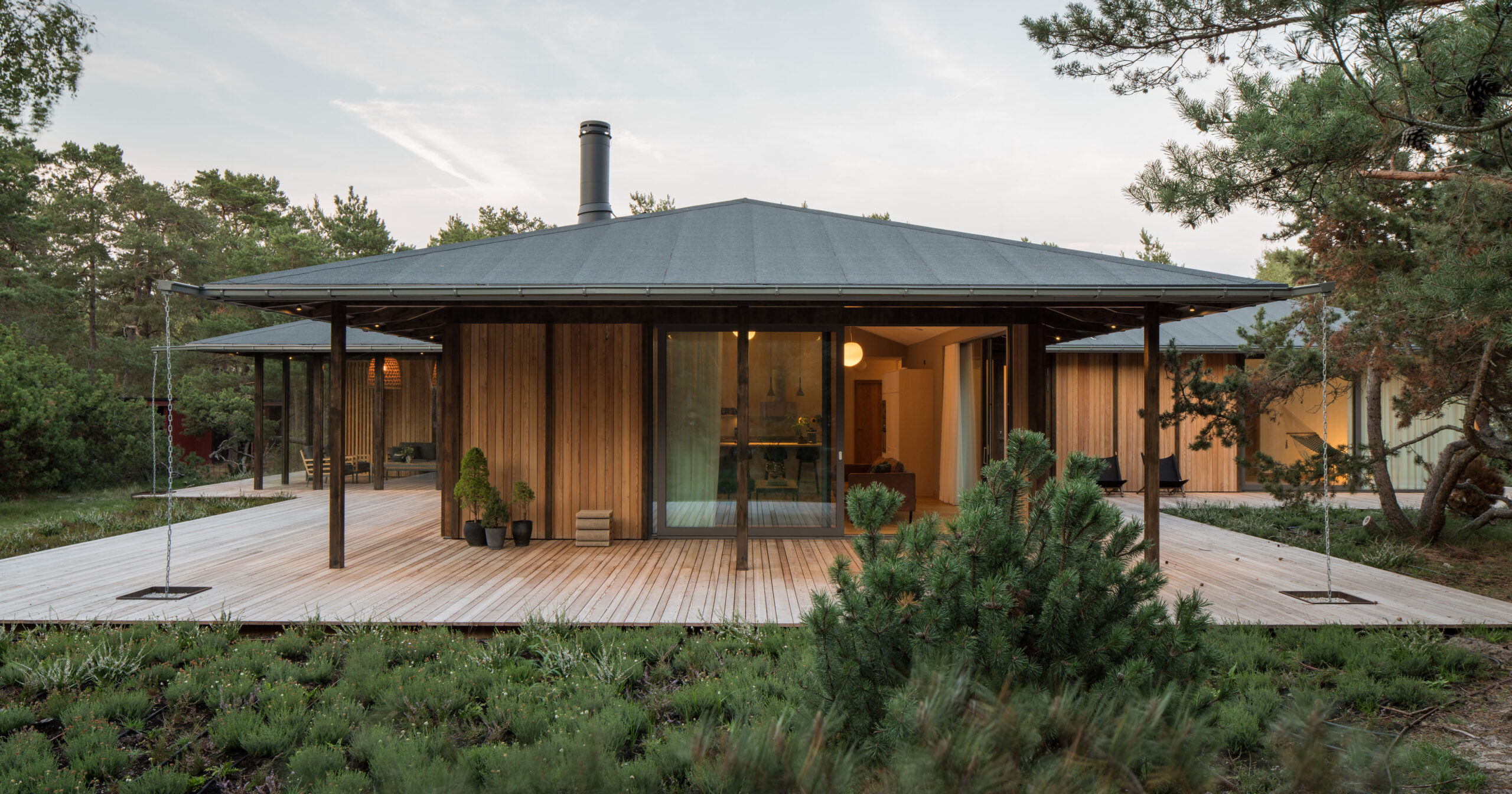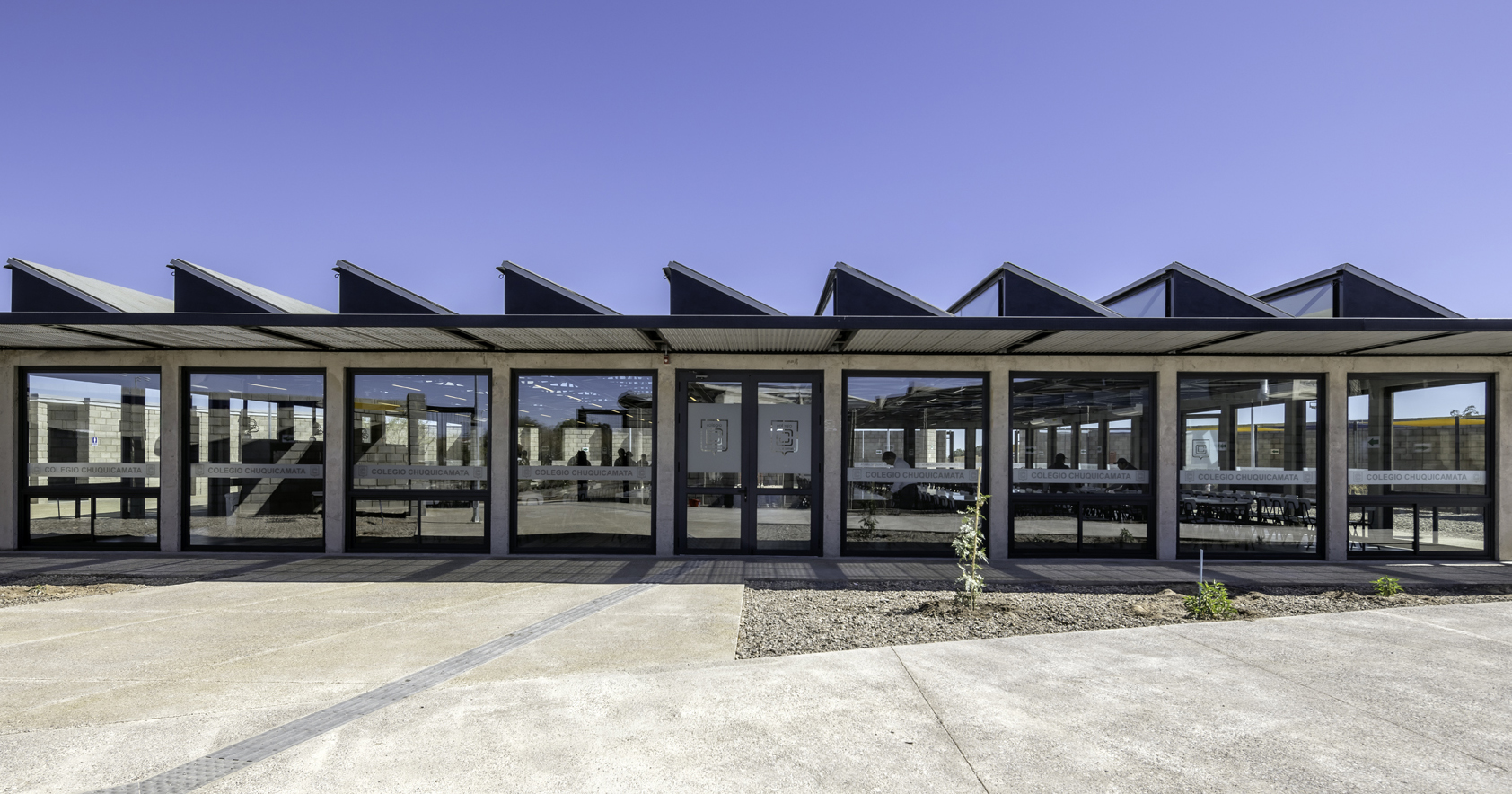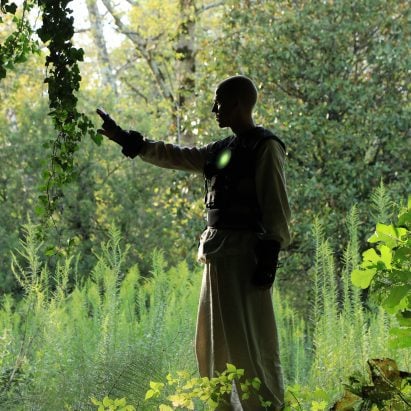Adamo Faiden creates Buenos Aires skyscraper as a "geographical feature"


Local studio Adamo Faiden has completed Huergo 475, a skyscraper with a green-pigmented concrete facade and a series of cantilevers in Buenos Aires, Argentina.
The tower has an exposed concrete facade that is also structural, and was designed by Adamo Faiden to both be monolithic and to blend in with the cityscape.

"The exposed concrete facade serves a structural role while simultaneously defining the project's identity," studio co-founder Marcelo Faiden told Dezeen.
"To create a monolithic appearance, a grooved-textured formwork was designed, visually softening the impact of the concrete pouring process."

The Huergo 475 residential skyscraper is 120.6 metres tall with 39 floors and 507 apartments. It is located in the northeast Buenos Aires, between a dense urban landscape and a biological reserve.
The skyscraper is broader on one side and more slender when viewed from another. It has a central core with lightweight, beamless slabs, according to the studio.

At points, the facade is also slightly faceted in order to mitigate what Faiden called the "dizzying" effect of the skyscraper's horizontality.
The structure has a series of double-height spaces and cantilevers that Faiden called "horizontal shifts", and which he said respond directly to the environment.
All of the public spaces of the building are located here, including a gym, coworking space, and a shared kitchen.

These spaces feature double-height windows that contrast with the single-floor windows, creating a pattern of different-sized windows on the facade.
Huergo 475 also has a public passageway on the ground floor that runs next to a retail element.

"We designed this tower as a geographical feature," said Faiden.
"With different terraces that can be used as an observatory of Buenos Aires' landscape. In that sense, we wanted to reduce its material palette to its minimum, while approaching them in a non-hierarchical way."
Inside, the architecture studio also chose to leave the concrete exposed, but it is more raw. Many of the interiors also feature aluminium ceilings.
Notably, at the top of the skyscraper is a partially enclosed pool and communal area. This area is landscaped with planters that curve upwards, creating a slope.

Faiden said the skyscraper was designed to relate directly to the city.
"Huergo 475 is not about relating the ground to the sky, it doesn't have an ascendence desire," he said.
"It's about reaffirming the landscape around it – the historical city, the park and La Plata River."
Other skyscrapers recently completed in Buenos Aires include a glass-clad skyscraper by Rafael Viñoly Architects.
The photography is by Javier Augustín Rojas.
Project credits:
Construction: CRIBA
Management and construction management: Sposito & Asociados
Consultants: AHF S.A. (design and structural calculation), Ing. Julio Blasco Diez (thermomecanic installation), ASELEC (electrical installation), Estudio Labonia y asoc, (sanitary/fire/gas installation), Skin arquitectura (facade), Green Group (certification EDGE), Grupo Landscape (botanics), Arq. Arturo Peruzzotti (illumination), Belm Ingenieros Asociados (waterproofing), José Victor D'Ángelo, Hugo Bersanker (PET).
The post Adamo Faiden creates Buenos Aires skyscraper as a "geographical feature" appeared first on Dezeen.








_003.JPG)



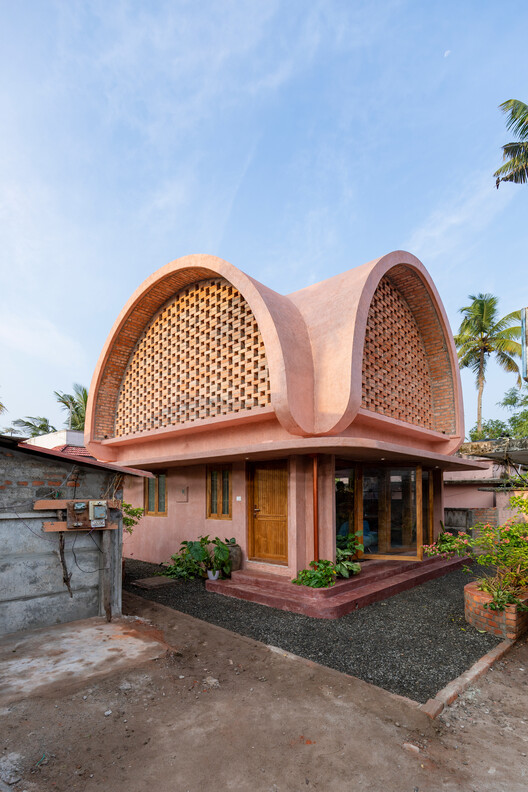
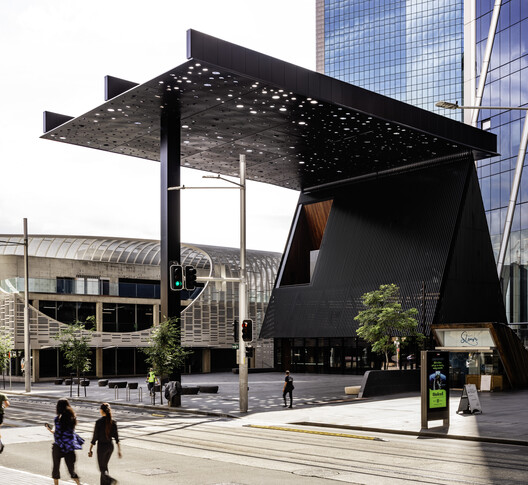
![KIAORA / [STRANG]](https://images.adsttc.com/media/images/693b/3d36/0943/f05c/06f6/e6b5/medium_jpg/kiaora-strang_31.jpg?1765490011#)






